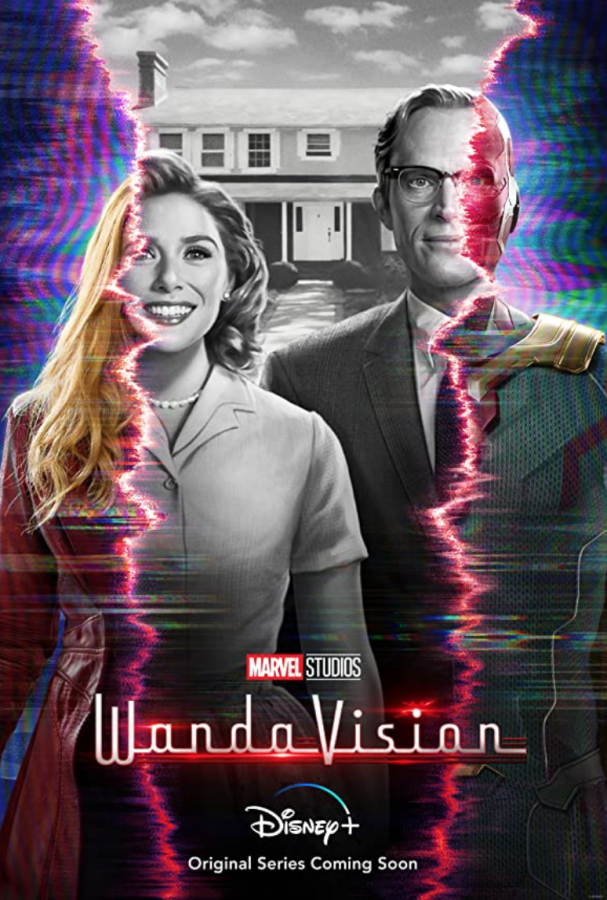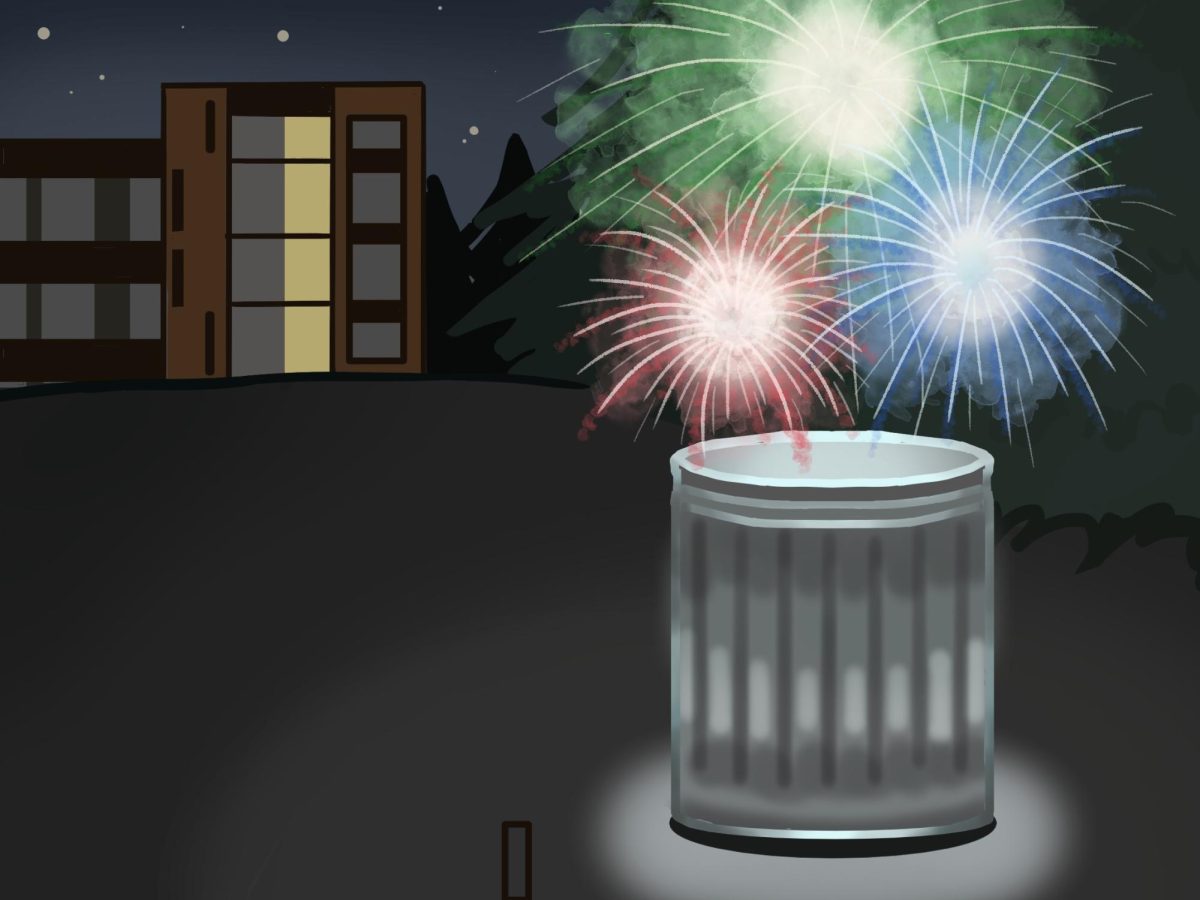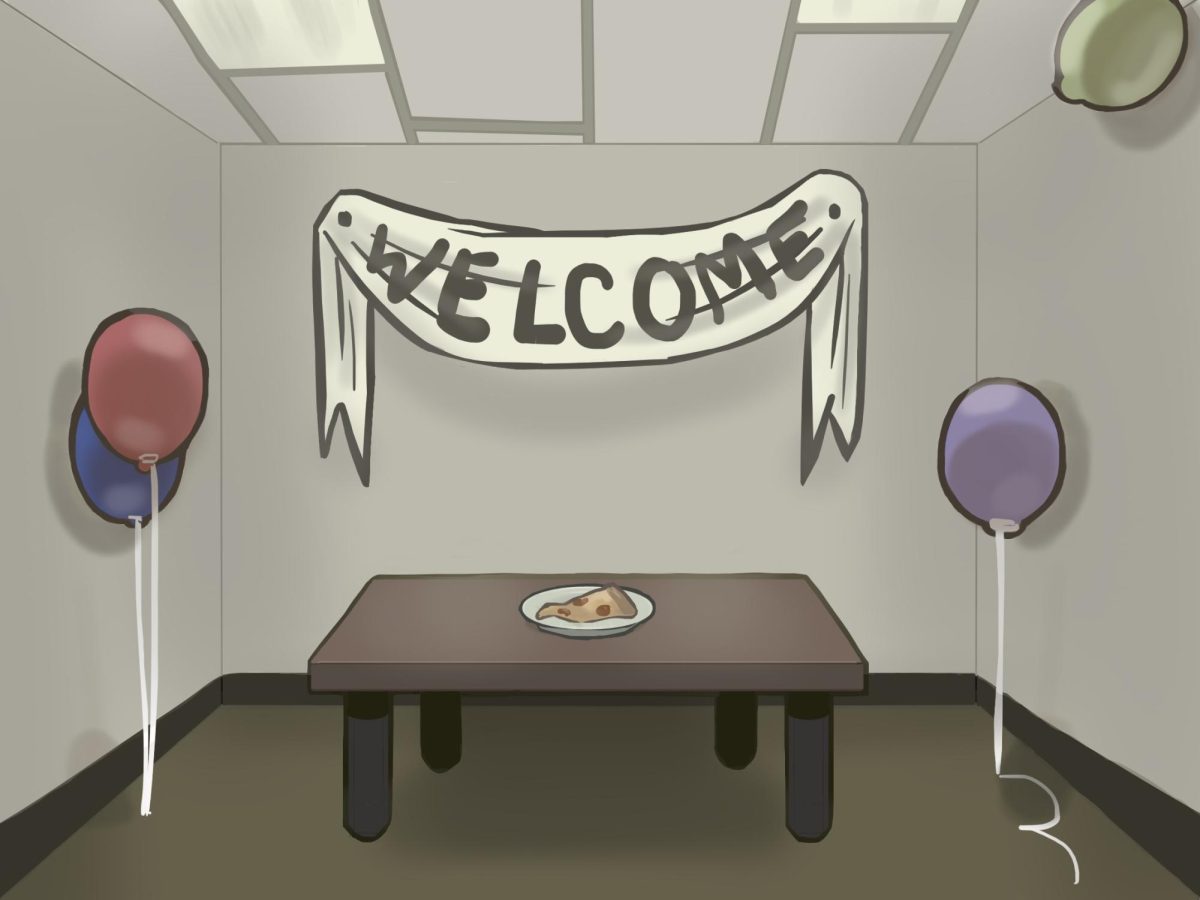“WandaVision”: A Nostalgia-Packed Chronicle of Escapism
March 5, 2021
Note: The following review contains spoilers for “Avengers: Age of Ultron,” “Infinity War” and “Endgame.”
The Marvel Cinematic Universe is expanding in new ways, creating opportunities for fresh stories to be built upon decades of comics and films.
My introduction to the MCU came from watching “Captain America: The Winter Soldier” in high school. Ever since, I’ve become a big fan — and one thing I’ve particularly come to love about the franchise is its variety in genre.
Matt Shakman’s “WandaVision” jumps between sitcom, thriller and drama with superhero antics at the forefront. All the while, the unique series pays heavy homage to television shows from the 1960s onward while utilizing the sentiments of each era to further enhance the story.
Background
Wanda Maximoff (Elizabeth Olsen) was born and raised in war-torn Sokovia during the 1990s with her brother Pietro and their parents. When two Stark missiles hit her home, her parents were killed — but one didn’t detonate, sparing the two siblings. They grew up to become radicalized and experimented on, leading to the events of Marvel’s “Civil War.”
Vision (Paul Bettany) was created in a lab using Tony Stark’s AI, Jarvis, and a vibranium body originally intended for Ultron. As a result, Vision became an android with a conscience.
“WandaVision” plays upon the storylines of Marvel’s “Avengers: Age of Ultron,” “Infinity War” and “Endgame,” as well as “Captain America: Civil War” — which marked the beginning of Wanda and Vision’s fruitful relationship.
The series follows Wanda, who — after getting snapped out of existence at the end of “Endgame” — is dealing with the cumulative grief of losing her parents earlier in life, her brother at the end of “Age of Ultron” and eventually Vision, who gets torn apart by the relentless Thanos in “Infinity War.”
Plot
The series lands Wanda and Vision within the black-and-white world of a small American town called Westview in the 1960s.
Since I’m not very familiar with television shows of that era, I didn’t understand many of “WandaVision’s” references on my first viewing. Instead, I was mainly watching it in anticipation of the revelations of later episodes.
At the beginning of the series, it becomes apparent that everybody around Wanda is under a spell that’s turned the town itself into an ever-evolving television show that parodies real-life programs from various decades. As the episodes progress, viewers get to see what’s going on behind the fourth wall while peripheral characters seek to either assist or exploit the couple.
Vision gradually begins questioning the reality of their situation as he catches on to breadcrumbs of truth that put him at odds with Wanda — who’s escaping the truth through this new reality.
Further into the show, viewers find out more about Wanda’s past and get a glimpse of her childhood, where she grew up watching a variety of television programs that have seemingly influenced the realities that Westview is now experiencing.
Worldly Relevance
The MCU is no stranger to providing commentary on the implications of war and world events.
While these themes may not be as prevalent in “WandaVision,” they still manage to show themselves in effective ways. In a passing remark, for instance, Vision’s boss accuses Wanda of being a Bolshevik (another word for communist) harking on post-World War II tensions.
Watching the series has made me think about the times I’ve related to sitcoms from my own life, such as “Sanford and Son,” “The Fresh Prince of Bel-Air” and “Atlanta.”
The last episode of “WandaVision” comes out today on Disney+, and it’s been heavily hinted that Doctor Strange (Benedict Cumberbatch) will appear to help Wanda through the events of the finale — as well as tie her into the upcoming “Doctor Strange: Multiverse of Madness.”
“WandaVision” can be streamed on Disney+.







